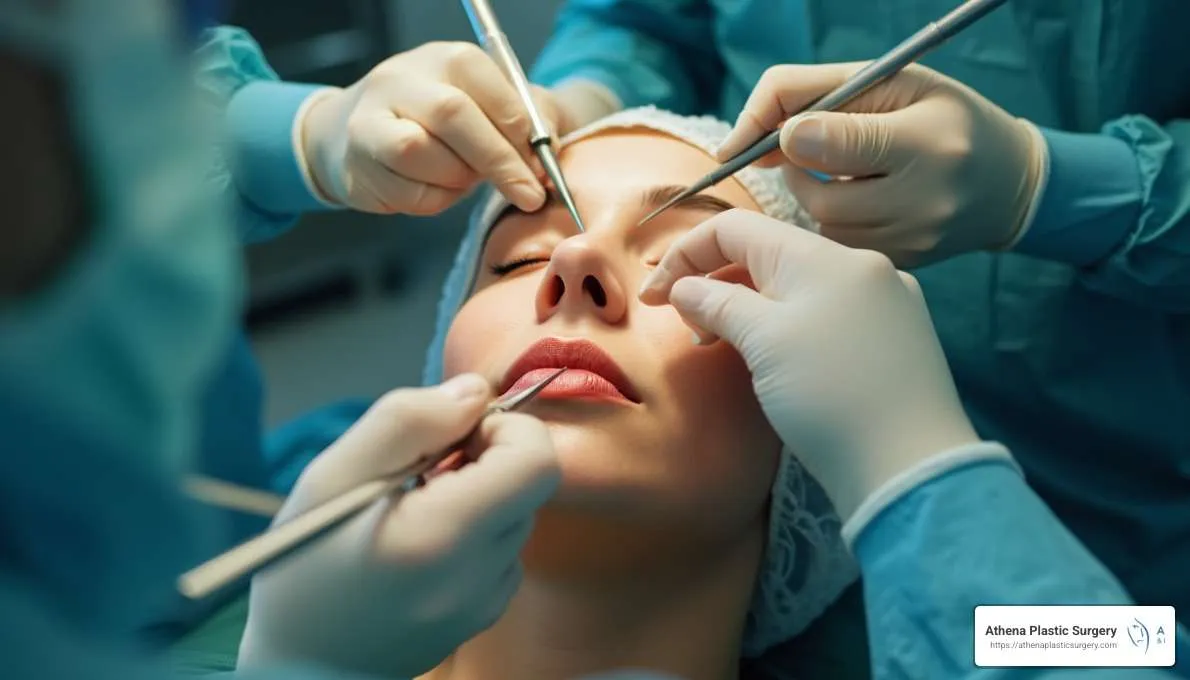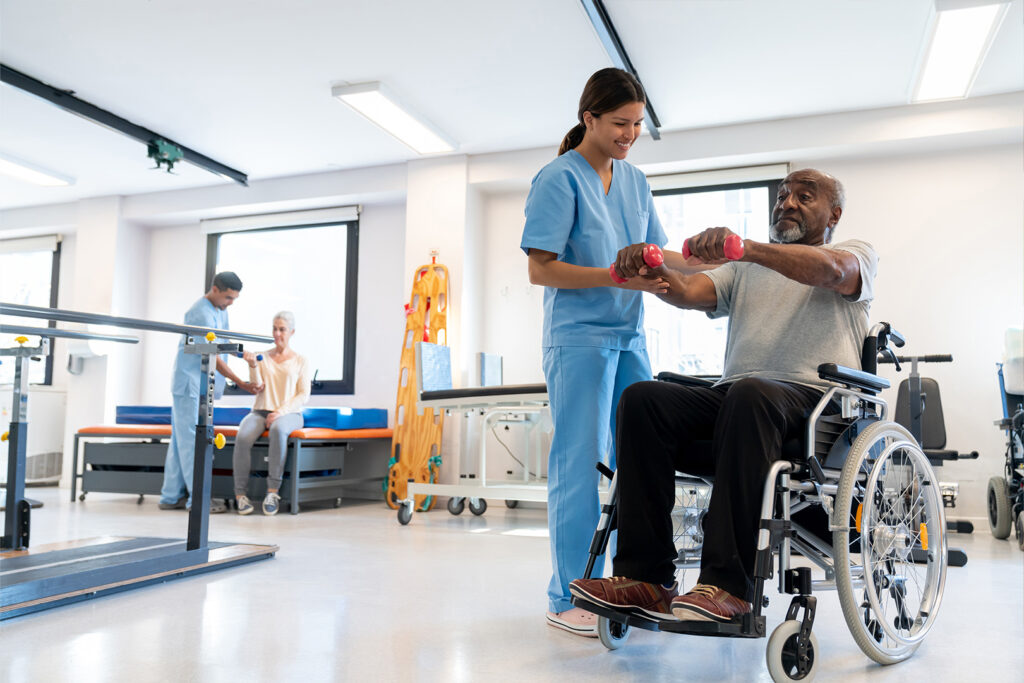Hernias are common medical conditions that require timely attention and care. A hernia occurs when an organ or tissue pushes through a weak area in the surrounding muscle or connective tissue. This condition can appear in various parts of the body and affects people of all ages. Understanding the symptoms and treatment options can help individuals manage it effectively.
Recognizing the Symptoms of a Hernia
Hernias often start as a noticeable bulge or lump in the affected area, causing concern for many individuals. Mild pain or discomfort usually accompanies the bulge, and this pain tends to worsen when lifting, bending, or coughing. The severity and type of symptoms can vary depending on where the hernia is located in the body.
For example, an inguinal hernia, one of the most common types, usually causes discomfort in the groin area during movement or straining. People with this hernia often feel a sense of heaviness or pressure around the affected site. Recognizing these symptoms early can lead to timely medical care and prevent complications.
Types of Hernias and Their Causes
Hernias come in several forms, each linked to different causes and affecting various body areas. The most common types include inguinal, femoral, umbilical, and hiatal hernias. Weakness in muscle or connective tissue, often caused by aging, physical strain, or past surgeries, typically leads to hernia development. Some people are born with a genetic predisposition, especially around the abdominal or groin regions.
Certain behaviors increase the risk of this condition, such as heavy lifting, chronic coughing, or persistent constipation. Obesity adds extra pressure on abdominal muscles, creating a favorable environment for its development. Pregnancy can also weaken the abdominal wall temporarily, especially after multiple pregnancies. Understanding these factors helps in managing and preventing the condition effectively.
Surgical and Non-Surgical Treatments
Treatment plans for hernias depend on the size, type, and severity of the condition in each patient. Small cases without symptoms often require no immediate treatment but benefit from careful, watchful waiting. Doctors regularly monitor these situations to confirm the condition does not worsen or cause complications. This conservative approach helps avoid unnecessary surgery when possible.
For hernias that cause symptoms or pose complications, surgery is usually the best option to repair the weakened tissue. Surgical methods include traditional open surgery and minimally invasive laparoscopic procedures, both aiming to strengthen the affected area. Often, surgeons use mesh reinforcement to reduce the chance of hernia recurrence after repair. Recovery times vary, but laparoscopic surgery generally allows for quicker healing and less discomfort.
Learn How to Prevent and Manage Hernias Today
Preventative measures focus on strengthening the body’s defenses against muscle and connective tissue weakness. Maintaining a healthy weight reduces strain on the abdominal muscles and supports overall muscle health. Regular exercise, especially core strengthening routines, helps build muscle resilience and prevent hernias. Practicing proper lifting techniques and avoiding heavy exertion further protects the body from unnecessary strain.
Addressing chronic health issues like persistent coughing or constipation can also reduce the risk of developing complications. Sleeping with the upper body slightly elevated and eating smaller meals may help prevent certain conditions related to the upper abdomen. Taking these proactive steps improves muscle health and lowers the chance of recurrence after treatment. With careful management, these issues can be diagnosed, treated, and mitigated effectively over time.





Leave a Reply